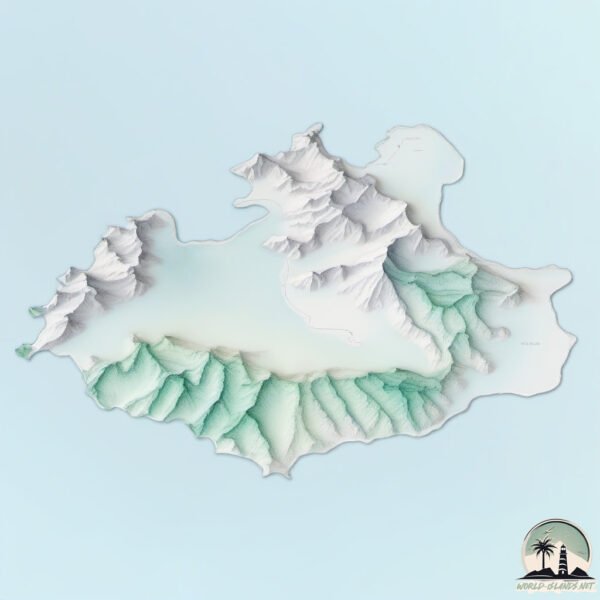Sao Vicente

Welcome to Sao Vicente, a Dry island in the North Atlantic Ocean, part of the majestic Atlantic Ocean. This guide offers a comprehensive overview of what makes Sao Vicente unique – from its geography and climate to its population, infrastructure, and beyond. Dive into the details:
- Geography and Size: Explore the island’s size and location.
- Climate and Weather: Weather patterns and temperature.
- Topography and Nature: Uncover the natural wonders of the island.
- Infrastructure and Travelling: Insights on reaching, staying, and making the most of your visit.
- News and Headlines: Latest News.
Geography and size of Sao Vicente
Size: 226 km²
Coastline: 91 km
Ocean: Atlantic Ocean
Sea: North Atlantic Ocean
Continent: Africa
Sao Vicente is a Large Island spanning 226 km² with a coastline of 91 km.
Archipel: Cape Verde – An island country in the central Atlantic Ocean, known for its Creole Portuguese-African culture, music, and volcanic landscapes.
Tectonic Plate: Pacific – The world’s largest tectonic plate, covering much of the Pacific Ocean, known for the Pacific Ring of Fire with extensive seismic and volcanic activity.
The geographic heart of the island is pinpointed at these coordinates:
Latitude: 16.84596532 / Longitude: -24.96703847
Climate and weather of Sao Vicente
Climate Zone: Dry
Climate Details: Hot Deserts Climate
Temperature: Hot
Climate Characteristics: Dominated by extremely hot temperatures, this climate is marked by minimal rainfall and barren landscapes. Nights often experience drastic temperature drops.
Topography and nature of Sao Vicente
Timezone: UTC-01:00
Timezone places: Atlantic/Cape_Verde
Max. Elevation: 508 m
Mean Elevation: 115 m
Vegetation: Rocky Terrain
Tree Coverage: 6%
The mean elevation is 115 m. The highest elevation on the island reaches approximately 508 meters above sea level. The island is characterized by Plateau: Elevated flatlands rising sharply above the surrounding area, with a maximum elevation over 500 meters but a mean elevation less than 300 meters, forming unique highland areas on islands.
Dominating Vegetation: Rocky Terrain
Landscapes dominated by gravel, rock, and stone, with little to no vegetation. These areas are often found in mountainous regions or deserts. Sao Vicente has a tree cover of 6 %.
Vegetation: 8 vegetation zones – Very Highly Diverse Island
Islands in this range are ecological powerhouses, showcasing a wide array of vegetation zones. Each zone, from lush rainforests to arid scrublands, coastal mangroves to mountainous regions, contributes to a complex and interdependent ecosystem. These islands are often hotspots of biodiversity, supporting numerous species and intricate ecological processes.
Infrastructure and Travelling to Sao Vicente
Does the island have a public airport? yes.
Sao Vicente has a public and scheduled airport. The following airports are located on this island: São Pedro Airport.
Does the island have a major port? no.
There are no major ports on Sao Vicente. The closest major port is PORTO GRANDE, approximately 1 km away.
The mean population of Sao Vicente is 379 per km². Sao Vicente is Moderately Inhabited. The island belongs to Cabo Verde.
Continuing your journey, Ilha de Santa Luzia is the next notable island, situated merely km away.
SAO VICENTE TRAVEL GUIDE (CABO VERDE 🇨🇻)



Cabo Verde is classified as Developing region: Regions characterized by lower income levels, with economies in the process of industrialization and modernization. The level of income is Lower middle income.
News – Latest Updates and Headlines from Sao Vicente
Stay informed with the most recent news and important headlines from Sao Vicente. Here’s a roundup of the latest developments.
Please note: The data used here has been primarily extracted from satellite readings. Deviations from exact values may occur, particularly regarding the height of elevations and population density. Land area and coastline measurements refer to average values at mean high tide.
